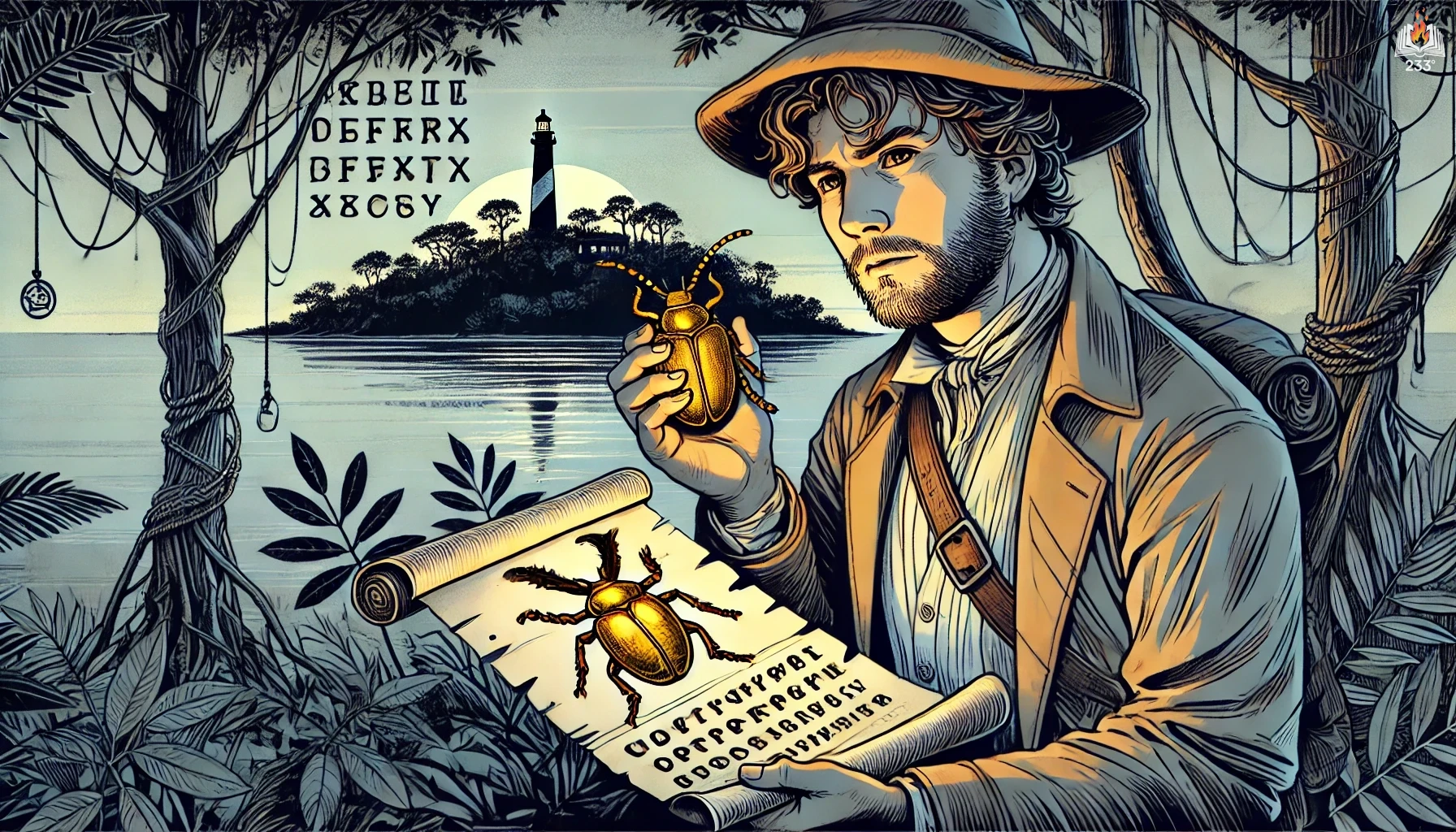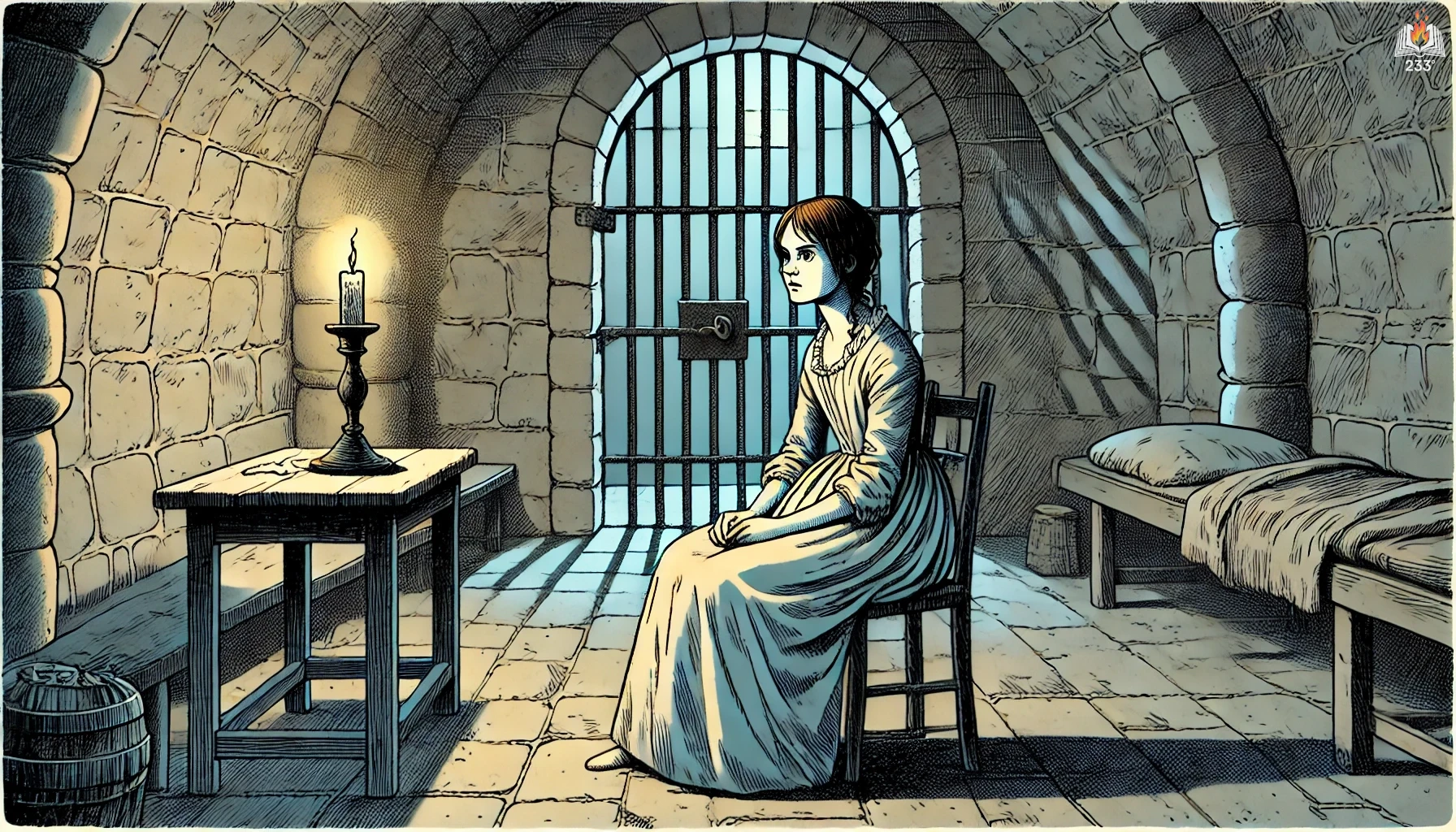“The Further Adventures of Robinson Crusoe,” penned by Daniel Defoe and first published in 1719, takes readers back into the adventurous life of one of literature’s most iconic characters. In this sequel to the groundbreaking “Robinson Crusoe,” Defoe explores the restlessness and unquenchable thirst for adventure that still burns within Crusoe, even after surviving years of isolation on a deserted island. Crusoe is now an older man, living a comfortable and settled life in England. Despite the security and wealth he has accumulated, he is haunted by dreams of his past adventures and the thriving colony he left behind on his island. The pull of the unknown calls to him once more, setting the stage for a journey filled with danger, discovery, and introspection.
Plot Summary
Driven by a restlessness that refuses to fade, Robinson Crusoe, despite his age and wealth, finds himself unable to resist the lure of the sea once more. Years have passed since he returned to England, establishing a life of comfort and domesticity. He has a family, a thriving plantation, and the peace that most men would envy. Yet, the quiet life does not suit him. His thoughts constantly drift back to the island he once called home, and the people he left behind. Memories of his isolated existence and the thriving colony he helped establish gnaw at him. He dreams of the island, the shores where he built his fortress, the men who now inhabit it, and the wild beauty that captivated his soul. Crusoe’s wife, observing his growing unease, suggests he follow what seems to be a divine impulse, a calling he cannot ignore. With her reluctant blessing, Crusoe prepares for another journey.
Crusoe sets sail, accompanied by his faithful companion, Friday. As they navigate the vast ocean, Crusoe’s mind is a whirlwind of anticipation and fear. Would his island be as he remembered it? What has become of the settlers he left behind? The journey is fraught with uncertainty, but Crusoe’s resolve is unshakeable. Days turn into weeks as they traverse the unpredictable sea, battling storms and the ever-present threat of pirates. His ship finally arrives at the familiar shores, and the sight that greets him fills his heart with a mixture of joy and nostalgia.
The island has changed. Crusoe is greeted by a thriving colony, a bustling community that has expanded far beyond what he could have imagined. The Spaniards he left in charge have been industrious, transforming the wilderness into a place of order and prosperity. Where there were once only scattered huts and the remnants of Crusoe’s solitary life, there are now cultivated fields, homes, and a fortification that speaks of the islanders’ preparedness against any threat. The settlers greet Crusoe with joy and respect, recognizing the man who laid the foundations of their new lives. Among them is Friday’s father, and the reunion between father and son is a heartwarming sight, a moment of pure emotion amidst the strange familiarity of this transformed land.
Crusoe listens to their stories, the trials they faced in his absence. They speak of conflicts with native tribes, of treacherous sailors who sought to overthrow the colony, and of their triumphs in overcoming these adversities. Crusoe is proud to see how they have defended and expanded the settlement, turning it into a small, self-sufficient community. Yet, he also learns of the darker times, the threats that loomed over them and the measures they had to take to ensure their survival. The island is no longer just his creation; it has become a living, breathing society with its own set of rules and dynamics.
After spending time on the island, helping the settlers with improvements and sharing in their daily life, Crusoe feels the pull of the sea once more. His restless spirit urges him to continue exploring, to seek new experiences beyond the horizon. With a heavy heart, he bids farewell to the island and its people, knowing that they no longer need his guidance. The colony is thriving, and his role in their lives is now more of a legend than a leader.
Crusoe’s journey continues, and it isn’t long before he encounters a ship in distress. The sea is unforgiving, and in the distance, he spots a vessel on fire. Crusoe orders his crew to approach the burning ship. As they draw nearer, the sight becomes clearer—a great ship engulfed in flames, its crew desperately trying to escape the inferno. Crusoe and his men work tirelessly to rescue the survivors, bringing them aboard their own ship. Among the rescued is a French priest, a composed and gentle figure who offers prayers of thanks for their deliverance, and a young boy, whose innocence and fear tug at Crusoe’s heart. The rescued passengers speak of their ordeal, their voices filled with relief and sorrow as they recount how they narrowly escaped death. Crusoe’s ship becomes a sanctuary for these wayward souls, offering them not just safety but also a semblance of hope.
But the ocean is vast and filled with perils. Not long after, Crusoe’s ship encounters yet another vessel in dire straits—a British ship, battered by storms and teetering on the brink of disaster. Crusoe and his crew come to their aid, bringing food and water to the starving sailors. They find the passengers in a pitiful state, particularly a young boy and his mother, who lies motionless, weakened by hunger and despair. The boy clings to life with a strength that belies his frail appearance, and Crusoe is reminded of his own struggle for survival on the island. He and his crew nurse the survivors back to health, providing them with the care and compassion they desperately need. Crusoe sees in them a reflection of his past, a mirror of the human condition that transcends time and place.
As the days pass, Crusoe becomes more introspective, contemplating the nature of his journey. He is not merely retracing his steps; he is seeking something deeper, a meaning to his endless wandering. The sea, with its vastness and unpredictability, mirrors his own soul—a soul in search of purpose, driven by an unquenchable thirst for exploration. Crusoe realizes that his adventures are not just about survival or the discovery of new lands. They are a quest for understanding, a pursuit of the essence of life itself.
Crusoe’s journey takes him through various ports and encounters with people from different cultures and backgrounds. He listens to their stories, learns from their experiences, and finds himself drawn to the diversity of the human experience. Each encounter leaves an imprint on him, shaping his understanding of the world and his place in it. He meets merchants, sailors, and settlers, each with their own tale of adventure, loss, and resilience. Through them, Crusoe sees the interconnectedness of all lives, the threads that bind humanity together across the vast expanse of the seas.
As he sails on, Crusoe reflects on the choices he has made and the paths he has taken. The island that once imprisoned him has become a symbol of freedom and possibility, a place where he discovered the strength within himself to overcome insurmountable odds. His return to the island was a journey into his own past, a chance to witness the fruits of his labor and the growth of the society he helped create. Now, as he continues his voyage, he understands that his true adventure is an inward one—the exploration of his own soul and the relentless pursuit of the unknown.
Crusoe’s story is not just about a man who survives against all odds. It is about the indomitable human spirit, the drive to seek, to learn, and to find meaning in a world filled with uncertainty. As the horizon stretches out before him, Crusoe knows that his journey will never truly end. For as long as there are seas to sail and mysteries to uncover, he will be there, guided by the unrelenting call of adventure.
Main Characters
- Robinson Crusoe: Now older and wealthier, Crusoe is still driven by an insatiable need for adventure. Despite the comforts of life in England, he is restless and compelled to revisit his past.
- Friday: Crusoe’s loyal companion, who remains by his side and assists him on his voyage. His reunion with his father on the island is a touching moment in the narrative.
- The Spaniards: The settlers Crusoe left behind, who have turned the island into a flourishing community, showcasing the success of Crusoe’s initial leadership.
- The French Priest: A rescued passenger who embodies faith and composure amidst adversity, offering Crusoe a different perspective on life’s trials.
Theme
- Restlessness and the Call of Adventure: Crusoe’s inability to find peace in domestic life speaks to the human desire for exploration and the pursuit of purpose beyond material comfort.
- Survival and Resilience: The settlers on Crusoe’s island represent human resilience and the ability to thrive despite adversity, mirroring Crusoe’s own journey.
- Compassion and Human Solidarity: Crusoe’s efforts to save shipwreck survivors reflect the theme of compassion and the importance of helping others in times of distress.
- Reflection and Self-Discovery: Crusoe’s journey is also inward, a quest for understanding his own nature and the driving forces behind his need for adventure.
Writing Style and Tone
Defoe’s writing in this sequel maintains a detailed, journal-like narrative, employing a first-person perspective that draws readers into Crusoe’s personal reflections and observations. The tone is contemplative and introspective, with Crusoe often pondering the nature of fate, destiny, and the human condition. Defoe’s style is marked by vivid descriptions and an emphasis on practical details, which ground the fantastical elements of Crusoe’s adventures in a sense of realism. The language is straightforward, yet rich in its portrayal of emotions and moral dilemmas.
We hope this summary has sparked your interest and would appreciate you following Celsius 233 on social media:
There’s a treasure trove of other fascinating book summaries waiting for you. Check out our collection of stories that inspire, thrill, and provoke thought, just like this one by checking out the Book Shelf or the Library
Remember, while our summaries capture the essence, they can never replace the full experience of reading the book. If this summary intrigued you, consider diving into the complete story – buy the book and immerse yourself in the author’s original work.
If you want to request a book summary, click here.
When Saurabh is not working/watching football/reading books/traveling, you can reach him via Twitter/X, LinkedIn, or Threads
Restart reading!








